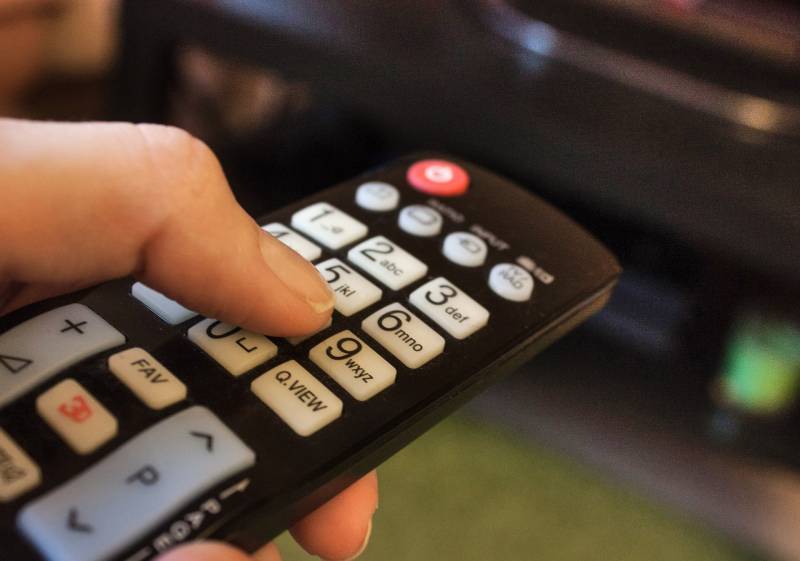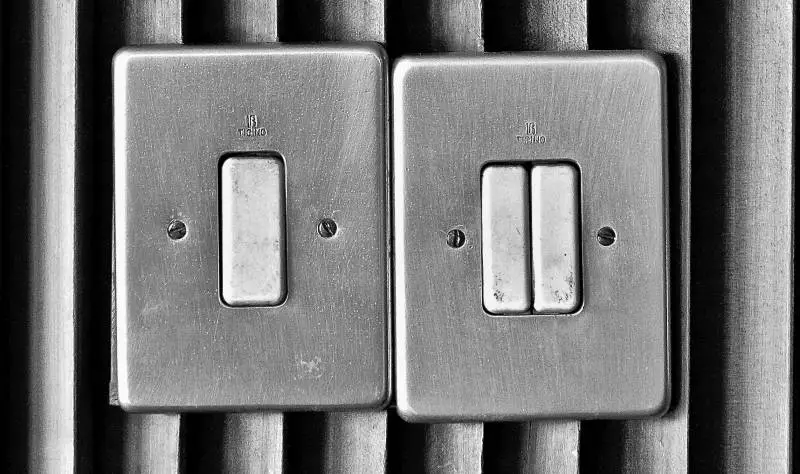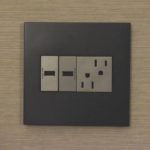Table of Contents
Have you ever touched your plastic remote or plastic food container and felt that it’s sticky?
Don’t be surprised! Yes, plastics also get sticky because of different reasons. In this post, we’re going to explain those reasons so that you know what to do if you encounter such a situation.

On top of that, we’ll explain different ways through which you can clean the sticky plastic. Here are some of the reasons why you feel that your plastic remote control is sticky:
Degradation Of Polymers
Most plastic surfaces get sticky as they get old, more so surfaces covered with soft plastic. What many people refer to as soft plastic is a coating on plastics that degrade after some time. All plastics are made of polymers. Therefore, as polymers age, they either become soft & sticky or hard & brittle, depending on the process of degradation.
Polymer becomes sticky as it degrades because moisture hydrolyzes the ester connection to a lower molecule weight oligomers. Also, there’s plasticizer migration that moves to the surface under heat, making it sticky. The plasticizer is usually added to the polymer.
So, if you’ve got an old remote or plastic container in the house, don’t be surprised when it becomes sticky as it ages. That’s why you should throw away an old plastic container that gets sticky after a short while. It’s not healthy as the stickiness won’t fade away even after cleaning.
Accumulation Of Residue
Apart from the plastic aging, plastic surfaces can become sticky even when they are new. This is because some come with liquid plasticizers on their surface. These are sticky films that trap residue and dust. As a result, the dust and residue that accumulates on the surface of the plastic make it to be sticky.
Some plastic surfaces have a large film, meaning that they will be stickier than those with a thin film. However, you can quickly get rid of the stickiness by following one of the methods we’re going to highlight at the end of this article.
Undesirable Spillages On The Plastic Surface
Another thing that makes plastic sticky is unwanted spillages. Things like paint can make the plastic surface to be sticky if they mix with plasticizers.
As mentioned earlier, the plasticizer is a substance added to the synthetic resin to produce or promote plasticity and flexibility and lower brittleness. In short, it makes plastic softer and more flexible.
As the plastic gets older, it may come out to the surface. Therefore, if it interacts with spills like paint, jam, or even juice, it may become sticky. That’s why you should always avoid spilling things on your remote or plastic surfaces.
Leftover Adhesives
A plastic surface can also become sticky if some adhesive has been left on its surface. Maybe you had installed a sticker on your remote control or applied glue to a plastic container, the surface will be sticky. To get rid of the adhesive, you will have to clean the adhesive off the surface.
Adhesives are sticky because of molecular bonds. The strength of the adhesive depends on how much pressure is required to pull those bonds apart. And when liquid is added to an adhesive, it turns to glue.

Hence, when an adhesive on your plastic surface gets in contact with a liquid and dries on the surface, it hardens, making the molecules stick together.
So, if you remove a sticker on a plastic surface, ensure to get rid of the adhesive that remains behind. This will prevent it from being sticky. Follow one of the methods below to get rid of adhesives on plastic surfaces.
How To Clean Sticky Plastic
Whether the sticky film on your remote or plastic container is caused by aging, residues, dirt, adhesives, or even spills, you can remove them using one of the following methods. Ensure to follow the steps for successful cleaning.
Wipe The Stickiness Off With Isopropyl Alcohol
This is one of the most effective methods of removing plastic that has become sticky. You will need a clean, soft cloth or rag to clean the sticky surface. But before you use this method, it’s crucial to note a few things.
First of all, using isopropyl alcohol may change the appearance of the surface after cleaning. So, it’s wise to test a small part before applying the alcohol.
Even though isopropyl alcohol will change the look of the surface, but it will leave it looking sparkling clean. On top of that, you need to be careful while using the alcohol to wipe the surface.
Ensure to use a small portion of alcohol as it should not get into the device. So, when you’re cleaning things like a laptop keyboard, you need to be very careful not to get the alcohol into the laptop. Make sure that the cloth or rag does not dampen.
For effective results, fold the cloth in half and add isopropyl alcohol. Additionally, you should pour the alcohol in the middle of the cloth. Note that this method is more effective for removing sticky adhesive residue, such as glue and stickers left behind.
Use Baking Soda Paste
Since baking soda is readily available in homes, it’s one of the easiest and most preferred substances to use to remove stickiness on plastic. Baking soda also works well, and the quantity applied depends on the area being cleaned.
You will have to mix equal parts of baking soda and water to form a paste. After creating a paste, you will have to apply it to the sticky area using your fingers. Scoop the paste with your finger and apply it directly to the area you want to clean.
Scrub it using your finger and wipe it with a damp cloth when you’re done. Apply as much paste as needed until the stickiness disappears.
Avoid using anything abrasive like a scouring pad, as you may end up damaging the surface. Besides, you should wipe away the paste that gets into crevices and cannot be cleaned by the damp cloth. After cleaning, allow the surface to dry.
Note that this method is more appropriate for cleaning plastic containers, TV remotes, plastic dishes, and toys.
Use Soap And Water
Last but not least, you can also use soap and water. This method is more suitable for cleaning delicate plastic surfaces such as ATM cards, IDs, or plastic playing cards. It’s ideal because it does not damage the appearance of the plastic’s surface.
Take a mild liquid dish soap and mix it with warm water. Next, deep a corner of a clean microfiber cloth into the solution and use it to wipe off the sticky film on the card. Wipe down the cloth up and down until the stickiness is gone.
Finally, dry off the plastic using a clean, dry cloth. Take another soft and clean cloth and wipe off the remaining moisture.
Summary
Plastic surfaces get sticky because of different reasons. It can be due to aging, leftover adhesives, spills, or accumulation of residues.
Regardless of why your plastic is sticky, you can easily clean the stickiness and remain with a smooth surface. You can use substances like baking soda paste, isopropyl alcohol, or soap and water.
Now that you know why your remote control or plastic food container is sticky, you can easily keep it clean. Just ensure to use the right substance depending on the level of stickiness.

![Why Is My Standing Fan Making Noise? [Top Reasons] Why Is My Standing Fan Making Noise? [Top Reasons]](https://homesteadandprepper.com/wp-content/uploads/2021/10/Why-Is-My-Standing-Fan-Making-Noise-150x150.jpg)





![Why Does My Bathroom Smell? [All Causes] Why Does My Bathroom Smell? [All Causes]](https://homesteadandprepper.com/wp-content/uploads/2021/05/Why-Does-My-Bathroom-Smell-150x150.jpg)
